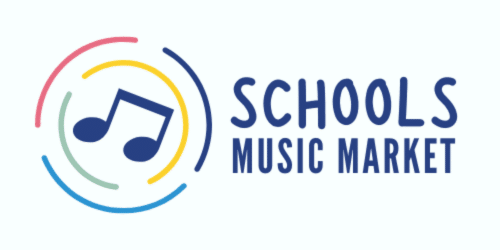Explore a symphony of effective strategies crafted specifically for music teachers to excel in the art of music classroom management. These strategies aim to cultivate a well-orchestrated music classroom, fostering both student learning and musical growth.
Set Clear Expectations for Music Classroom Management
A harmonious music classroom begins with establishing clear expectations. Communicate guidelines on behavior, participation, instrument care, and attentiveness. Clear expectations empower students to contribute actively to a focused and productive learning environment.
Use Positive Reinforcement in Music Classroom Management
In the melody of effective classroom management, positive reinforcement resonates powerfully. Acknowledge and celebrate students’ musical achievements, efforts, and positive behavior. By offering verbal praise, recognition, and rewards, teachers cultivate a positive and motivated atmosphere.
Establish Routines and Procedures for Music Classroom Management
Consistent routines and procedures form the rhythm of successful music classroom management. Structured practices for instrument handling, warm-ups, transitions, and class beginnings/endings minimize disruptions, maximize instructional time, and instill order and predictability.
Incorporate Active Engagement Strategies in Classroom Management
Active engagement orchestrates effective music classroom management. Implement strategies encouraging students to actively participate in music-making—singing, playing instruments, composing, or improvising. Actively engaged students form a strong connection to the subject, enhancing their overall learning experience.
Utilize Non-Verbal Signals in Classroom Management
In the dynamic music classroom environment, non-verbal signals compose an effective language for managing student behavior. Develop signals for quieting down, transitioning, or changing tempo. Integrating non-verbal cues facilitates smooth transitions and reduces interruptions.
Foster a Positive Classroom Culture in Classroom Management
Creating a positive and inclusive classroom culture is the heart of effective music classroom management. Cultivate an environment where students feel valued, respected, and supported. Promote collaboration, teamwork, and peer support to establish a positive culture.
Address Instrument Handling and Care in Classroom Management
Instrument handling and care create a harmonious backdrop for music classroom management. Teach proper techniques and stress the importance of respecting musical equipment. Instill routines ensuring instruments are stored safely, fostering responsibility and ownership.
Implement Behavior Management Strategies in Classroom Management
Behavior management is a key note in music classroom management. Align strategies with your teaching style, incorporating positive reinforcement, behavior contracts, or tracking systems. Proactive address of behavior ensures a focused and respectful classroom.
Build Relationships in Classroom Management
Building harmonious relationships with students is a powerful melody in music classroom management. Understand students individually, show genuine interest in their musical journey, and listen to their concerns. Trust and mutual respect positively impact behavior and engagement.
Seek Professional Development Opportunities for Classroom Management
Continuous professional development fine-tunes the skills needed for effective music classroom management. Stay updated through research, attend music education conferences, and engage in workshops. Networking with peers provides valuable insights and strategies to refine your approach.
Conclusion: Fine-Tuning the Symphony of Classroom Management
Effective music classroom management is a dynamic symphony requiring flexibility, adaptability, and a commitment to creating an atmosphere nurturing musical growth. Implementing these strategies orchestrates a harmonious learning environment where students can flourish and explore the world of music.
For resources to support your music classroom click here to browse the full list.



